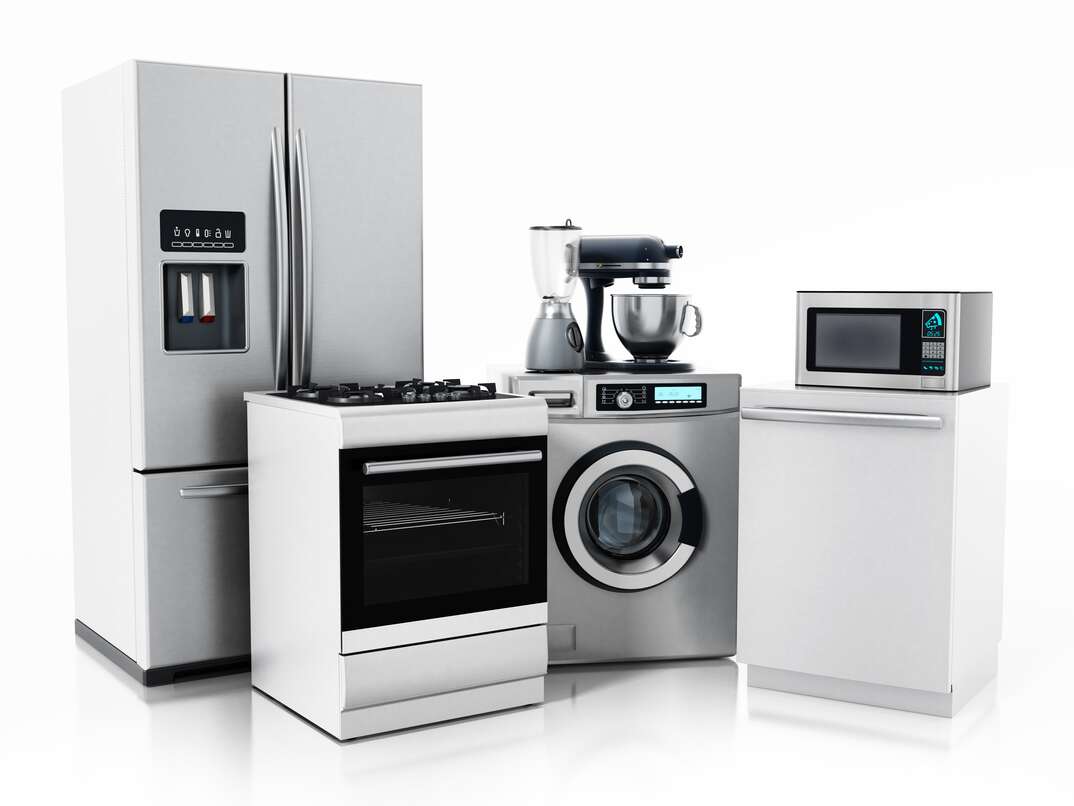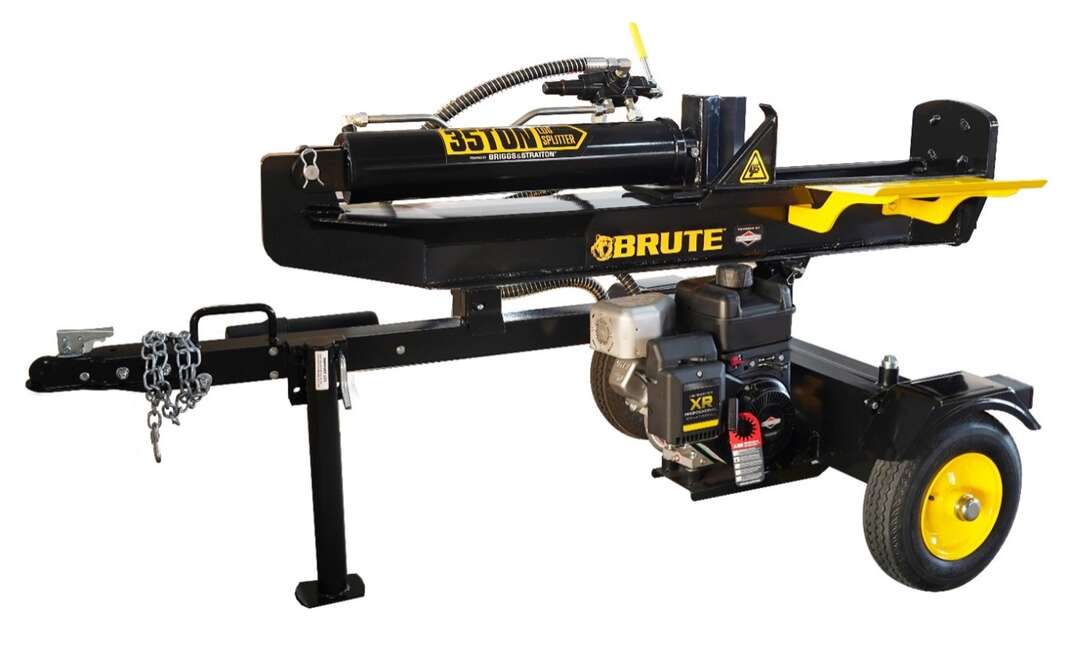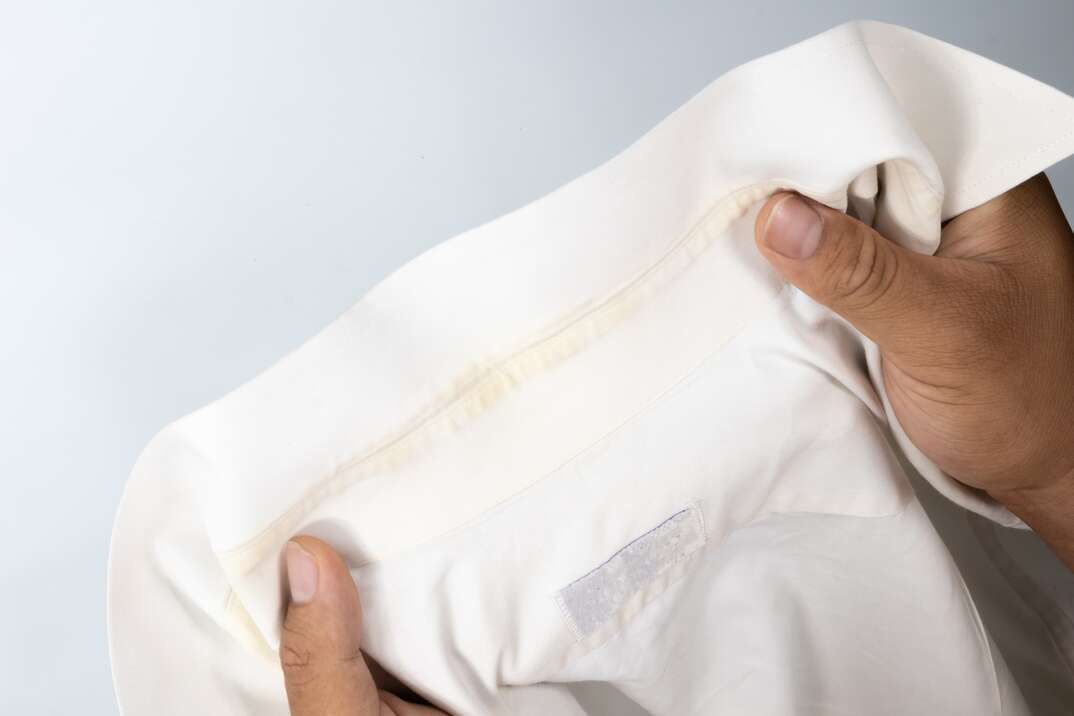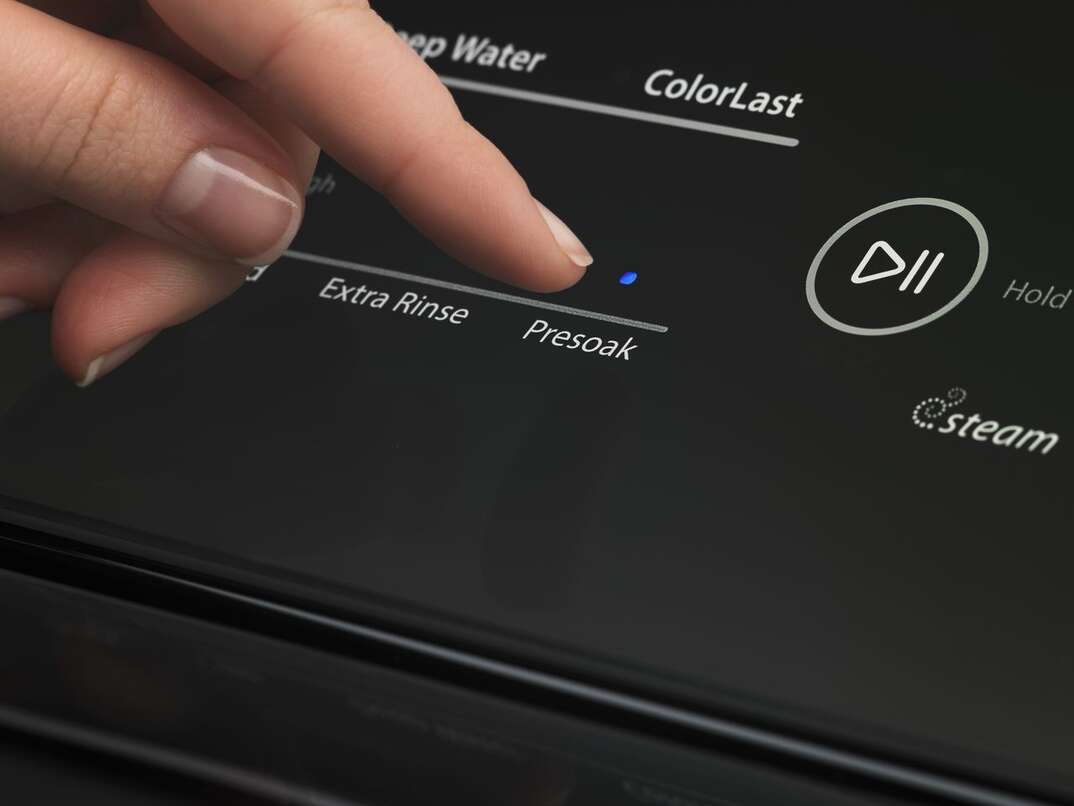What's the Difference Between Leasing and Rent-to-Own When It Comes to Appliances?

Not everyone has money on hand (or the available credit) to throw hundreds or even thousands of dollars on appliances, furniture and other must-haves for the home. This has made leasing and renting to own household items very popular among consumers.
This May Also Interest You: How Long Do Appliances Last?
A closer look at rent-to-own appliances and leasing appliances can help you decide if these options are suitable for your situation.
What Are Rent-to-Own Appliances?
Rent-to-own appliances (or furniture) are items you rent on a week-to-week or month-to-month basis. Let’s say your refrigerator breaks down, so you need another one. You go to a local rent-to-own retail store and sign a contract to pay a certain amount each week or month for the use of the fridge. You can decide to keep the refrigerator until you’ve made a specific number of payments, or you can use it just for the week or month — it’s up to you. As long as you have verifiable income, you can usually qualify to lease appliances or other items from a local rent-to-own store.
What’s the Difference Between Renting to Own and Leasing?
When you rent to own, you simply use the item as long as you're paying the rental fee, and when you no longer want it, you're free to turn it back over to the rental company. In some cases, you may rent it with an option to buy it by making payments over time.
Leasing is another popular option for consumers who want to take home a bigger-ticket item, such as a washing machine or refrigerator, without paying for it in full or putting it on a credit card. It's important to note that leasing and "leasing to own" are not the same. You can lease an item without being required to purchase and own it.
There are some notable differences between leasing and renting-to-own:
- Renting to own usually requires no credit check, so most folks are approved as long as they have a steady income and the first week’s (or month’s) rent for the item. In some cases, renting-to-own may require a credit check, but it's not standard. Leasing an item is the opposite: It usually requires a credit pull, but not always.
- Leasing almost always requires the consumer to have an active checking account for making payments when due. If you rent to own, you may have the option of paying with a check, but it’s generally not a requirement.
- Most lease-to-own items are new, whereas rent-to-own items may have been rented in the past by other customers.
- Leasing requires a commitment to keep the item for a specific period of time. If you rent, you can turn the item back in at any time.
- Leases usually stipulate what happens if the person fails to stay the course, such as the assessment of buyout fees.
More Related Articles:
- Should I Buy a Smart Appliance? Here’s Everything You Need to Know
- What Are Floor Model Appliances and Should You Buy One?
- Should You Buy a Used Appliance? Weigh the Risks and Rewards
- What Do You Do With an Old appliance? How to Recycle Fridges, Washers, Ovens and More
- What’s the Difference Between a Between a Warranty and Protection Plan for Appliances?
Other Terms You May Encounter
Lease-to-Own
The term lease-to-own is not the same as a general leasing arrangement. In a lease-to-own situation, you lease the item, but when the lease period ends, you have the option to buy the item.
Buy Now, Pay Later
“Buy now, pay later” financing is generally a type of store credit extended to qualified buyers that allows them to take home the item they need now and pay for it over the course of time, usually with monthly payments due.
Before You Sign on the Dotted Line…
There are many reasons that a consumer may opt for rent-to-own appliances or lease appliances or other home purchases, but it’s important to know what you’re getting yourself into before you go for it. Always review the terms of the contract before you sign it and get a copy of it for your records. Any promises made by the salesperson should be included in the contract or lease.


